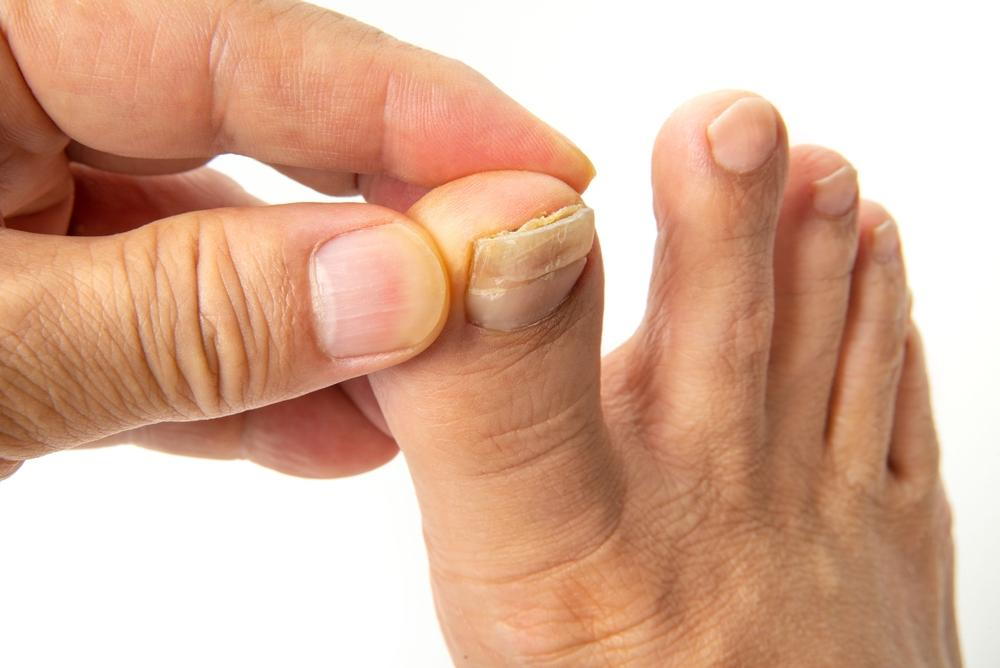Beyond the Basics: Innovative Treatments for Stubborn Toenail Fungus
posted: May 08, 2024.

Introduction:
Toenail fungus, medically known as onychomycosis, is more than just a cosmetic concern. This persistent infection can cause nails to become discolored, thick, and brittle, often leading to discomfort and embarrassment. While traditional treatments such as oral antifungals and topical medications are the first line of defense, they come with limitations and potential side effects. Fortunately, advancements in medical science have led to the development of innovative treatments that offer new hope to those struggling with stubborn cases of toenail fungus.
The Limitations of Traditional Treatments
Traditional treatments for toenail fungus include oral antifungal medications like terbinafine and itraconazole, and topical treatments such as ciclopirox and efinaconazole. While these treatments can be effective, they often require lengthy courses and are not always successful in eradicating the fungus. Oral antifungals, in particular, can interact with other medications and are not suitable for everyone due to their potential to cause liver damage and other side effects.
Laser Therapy: A Beam of Hope
Laser therapy has emerged as a promising alternative for treating toenail fungus, especially in cases that have not responded well to conventional treatments. This method uses laser light to treat the nail bed, effectively killing the fungal organisms without damaging the surrounding tissue. The procedure is quick, typically taking about 30 minutes, and is painless. Most importantly, it has minimal side effects and does not involve the use of drugs, making it an excellent option for patients who cannot take oral antifungals.
Research shows that laser therapy can significantly improve the appearance of the nail and reduce the presence of fungi. Multiple sessions may be required, and the effectiveness can vary depending on the severity of the infection and the specific type of laser used.
Photodynamic Therapy (PDT)
Photodynamic therapy is another innovative approach that has been adapted for the treatment of toenail fungus. PDT involves the application of a photosensitizing agent to the affected nails, which is then activated by a specific wavelength of light. This activation releases reactive oxygen species that are lethal to fungal cells.
PDT is especially useful for its targeted approach, which minimizes damage to healthy tissue. Studies have indicated that PDT is not only effective in treating onychomycosis but also has a lower recurrence rate compared to some traditional treatments.
Topical Treatment Innovations
Recent years have seen significant advancements in the formulation of topical treatments for toenail fungus. These new formulations are designed to penetrate the nail more effectively, which has historically been a challenge with topical treatments. For example, new types of nail lacquers that contain amorolfine or ciclopirox are proving to be more effective. Additionally, some products combine various antifungal agents with substances that enhance nail penetration, such as urea or lactic acid.
Immunotherapy
Immunotherapy is a cutting-edge approach that involves modifying the body’s immune response to fight the fungal infection. This treatment is still in the research phase but shows great promise. It works by introducing an antigen that triggers the immune system to attack the fungus more aggressively. This could not only help clear the infection but potentially lead to long-term immunity against the fungus.
Natural and Alternative Remedies
Alongside these high-tech treatments, there is also growing interest in natural and alternative remedies. Essential oils, such as tea tree oil and oregano oil, have antifungal properties and have been used as complementary treatments for toenail fungus. While these remedies are generally less potent than prescription medications, they are also less likely to cause side effects and can be a good option for mild infections or in combination with other treatments.
Conclusion
For those suffering from stubborn toenail fungus, the future looks promising with these innovative treatments. From laser therapy and photodynamic therapy to advanced topical formulas and potential immunotherapy, options are expanding. It’s important for patients to consult with a podiatrist to determine the most appropriate treatment based on the severity of their infection and overall health. As research continues, even more effective solutions are likely to emerge, offering new hope to those affected by this challenging condition.